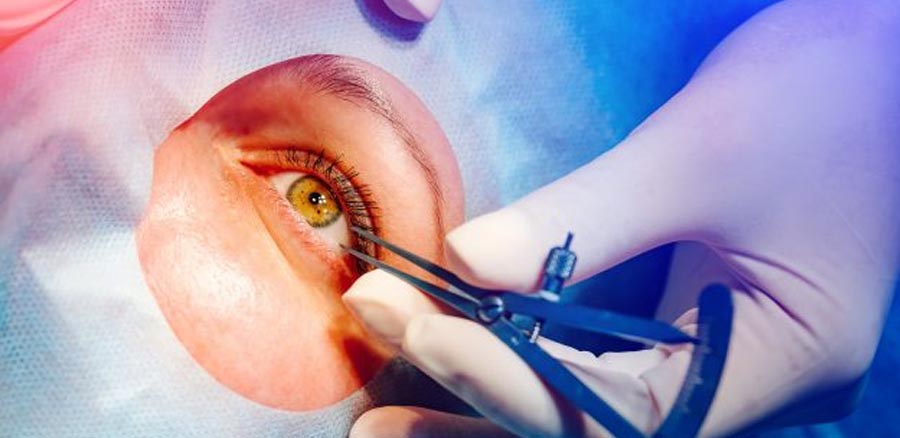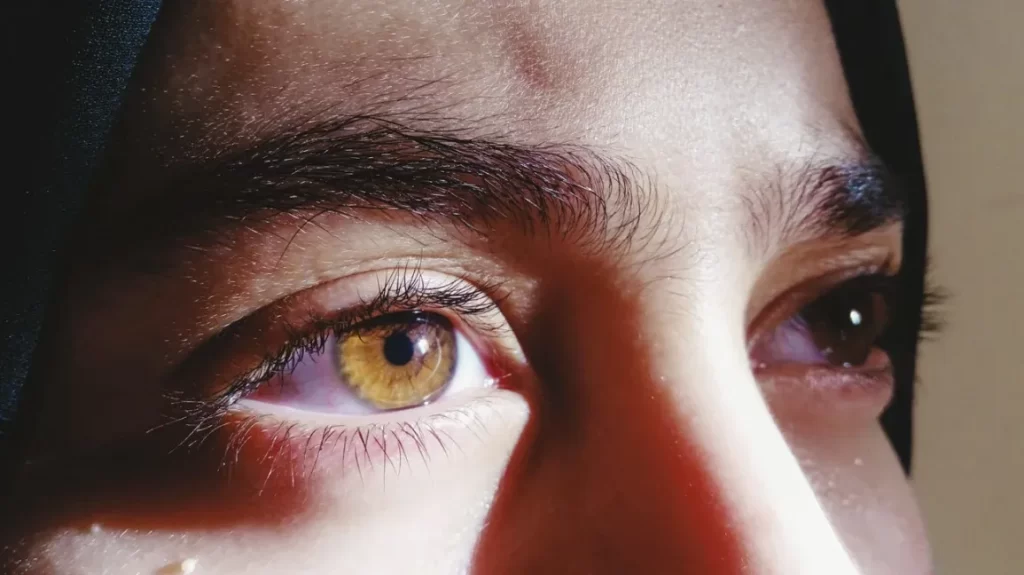Laser vision correction procedures have become increasingly common in recent years as technological advancements have made them safer and more accessible. Lasik eye surgery is a popular procedure that corrects vision problems such as nearsightedness, farsightedness, and astigmatism.
These procedures are used to treat various vision problems, including nearsightedness, farsightedness, and astigmatism. But how familiar are laser vision correction procedures?

According to the American Society of Cataract and Refractive Surgery, around 700,000 laser vision correction procedures are performed annually in the United States alone. This number has steadily increased since the introduction of laser vision correction procedures in the 1990s.
One of the most popular types of lasik vision correction procedures is LASIK (laser-assisted in situ keratomileusis). During a LASIK procedure, a surgeon uses a laser to reshape the cornea, which is the eye’s clear front surface. This reshaping can correct refractive errors and improve vision.
Another type of laser vision correction procedure is PRK (photorefractive keratectomy). PRK is similar to LASIK, but it involves removing the cornea’s outer layer before the laser is used to reshape the underlying tissue.
While LASIK is more popular than PRK, both procedures are safe and effective. The specific procedure that is best for a patient depends on several factors, including the severity of their vision problems and the thickness of their corneas.
Laser vision correction procedures have a high success rate, with most patients experiencing significant improvements in their vision. According to the American Society of Cataract and Refractive Surgery, more than 90% of LASIK patients achieve 20/40 vision or better, the minimum required to pass a driver’s license test in most states.
Laser vision correction procedures are typically performed on an outpatient basis and require only a few hours of recovery. Many patients can return to work or other activities within a day or two after the procedure.
While laser vision correction procedures are generally considered safe, some risks are associated with them. These risks include dry eyes, glare, halos, and reduced night vision. However, these risks are relatively rare and can usually be managed with medications or additional treatments.
In summary, laser vision correction procedures are becoming increasingly common, with hundreds of thousands of procedures performed yearly in the United States alone. These procedures are safe and effective, with high success rates and minimal recovery time. While some risks are associated with laser vision correction, these risks are relatively rare and can usually be managed with additional treatments. If you are considering laser vision correction, speak with your eye doctor to determine if it is the right option for you.



